Ninh Thuan A new blind lizard species of the family Dibamidae, with colors ranging from grayish brown to pinkish brown, with large, uneven gray spots, was discovered by scientists in Nui Chua National Park.
The new blind lizard species, scientifically named Dibamus deimontis, is named after the place where it was discovered (in Latin " deimontis" means "God's Mountain"). The new species was discovered and described by experts from Vietnam and the Russian Federation based on specimens collected during a field survey in 2023 by the Vietnam - Russia Tropical Center at Nui Chua National Park. This is the 8th species of the genus Dibamus recorded in Vietnam. The research was published in the journal Zootaxa early February
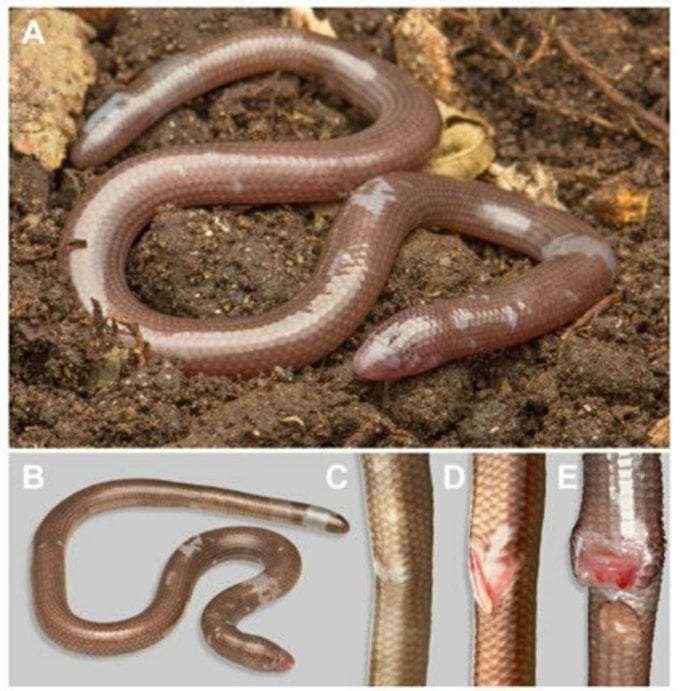
Morphological characteristics of D. deimontis. Photo: Research team
Master Le Xuan Son , Vietnam - Russia Tropical Center, said that the new lizard species has a maximum length of 13.6 cm, an average tail length of about 3.0 cm, and a color that varies from gray-brown to pink-brown, with large, uneven gray spots on the body. The external morphology is very similar to earthworms, with the characteristic of living hidden in the soil or under layers of plant litter, so their eyes have almost degenerated and are completely covered by the outer layer of scales. The forelimbs have completely disappeared, the hind limbs only appear in male specimens but are very rudimentary. "The appearance of small, incomplete grooves on the lips and nose is an important feature to distinguish this species from other species in the same genus," said Mr. Son.
D. deimontis is distinguished from other species in the genus by a combination of morphological characters including absent labial, labial, and nasal grooves; 3–5 scales on the posterior margin of the lower lip; 22–25 scale rows in the midbody; 193–225 ventral scales; 47–55 subcaudal scales; 115 dorsal and 27 caudal vertebrae; and a maximum snout length of 136.2 mm.
He added that Dibamus deimontis was described based on eight specimens collected at an altitude of 670-700m above sea level, most of which were found in wet areas, next to small puddles or streams. They often hide under rocks or on large rocks covered with moss, ferns and humus. On the same large rock where the specimen of this species was found, the research team also recorded the presence of worms, millipedes, centipedes and some other insects. "When disturbed, they will wiggle continuously to escape from the rock to the ground and quickly hide, similar to worms," he said.
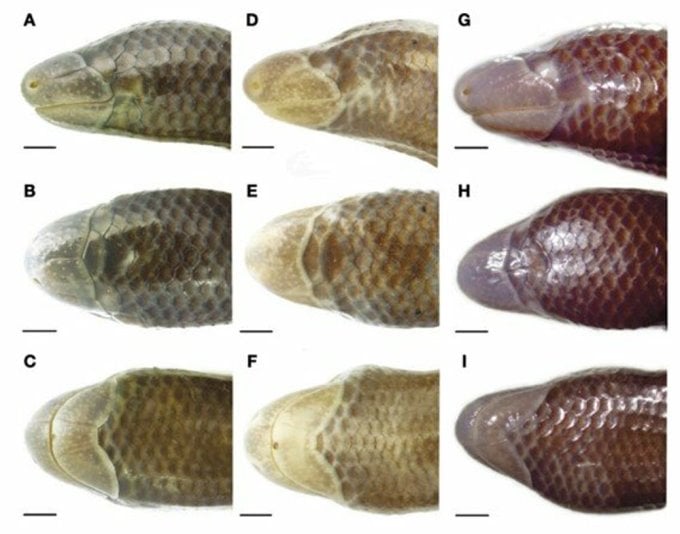
Characteristics of the head scales of D. deimontis. Photo: Research team
Previously, another species, Dibamus tropcentr, was also described in Nui Chua National Park, Ninh Thuan province. But according to Master Son, Unlike D. tropcentr, which was found in lowland coastal dry evergreen forest habitats (200-300 m above sea level), D. deimontis was found in montane moist evergreen forest habitats, near the top of Chua Mountain (670-700 m above sea level). Although the research team focused on searching at other altitudes, no additional individuals of the genus Dibamus were found.
He said that to be able to accurately determine the distribution range of these species, further research is needed, but initially it can be confirmed that their distribution areas are completely non-overlapping. So far, Most studies have shown that the species of the family Dibamidae share the characteristic of narrow endemism. Therefore, it is likely that these two species are only distributed limited to the habitats in which they are found.
"The discovery of D. deimontis has provided further evidence for the diversity of fauna in Nui Chua National Park and the importance of Vietnam as a center of diversity of endemic reptiles in Southeast Asia," said Mr. Son.
Nhu Quynh
Source link




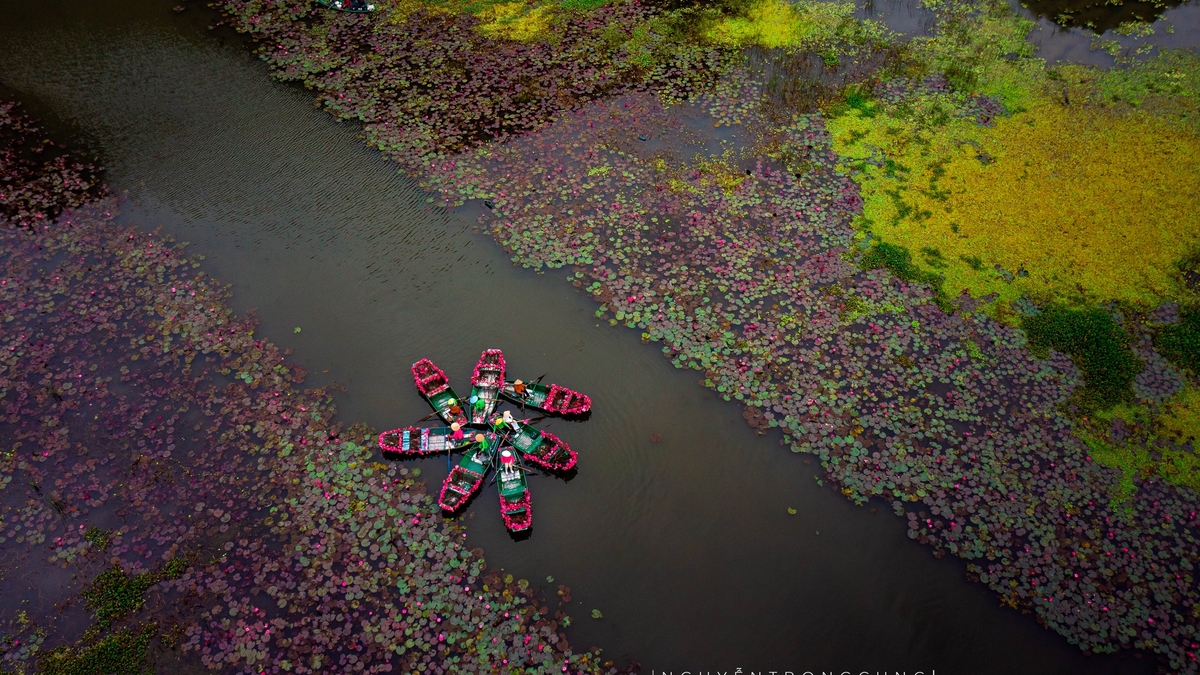









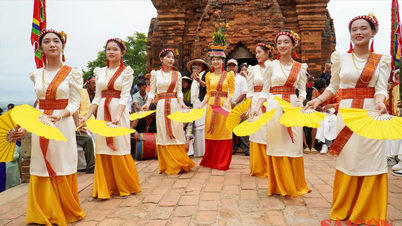



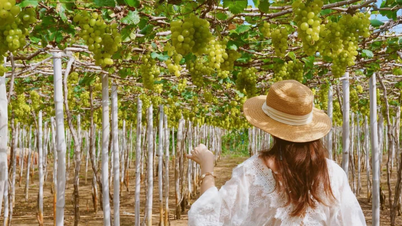














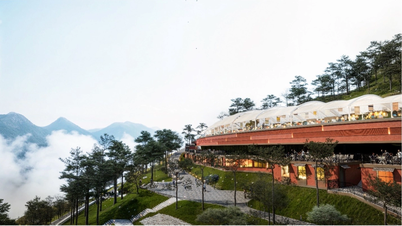




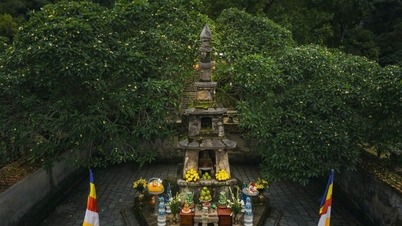

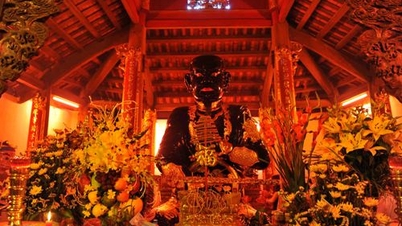

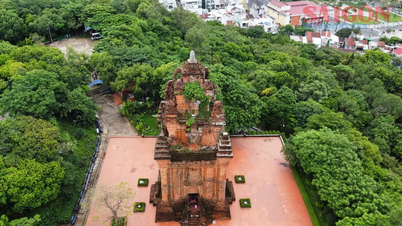

















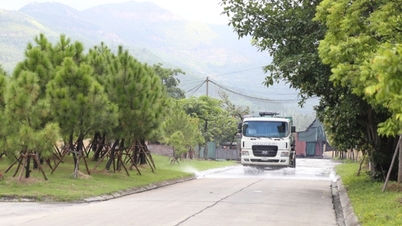


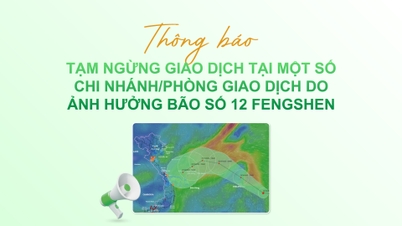



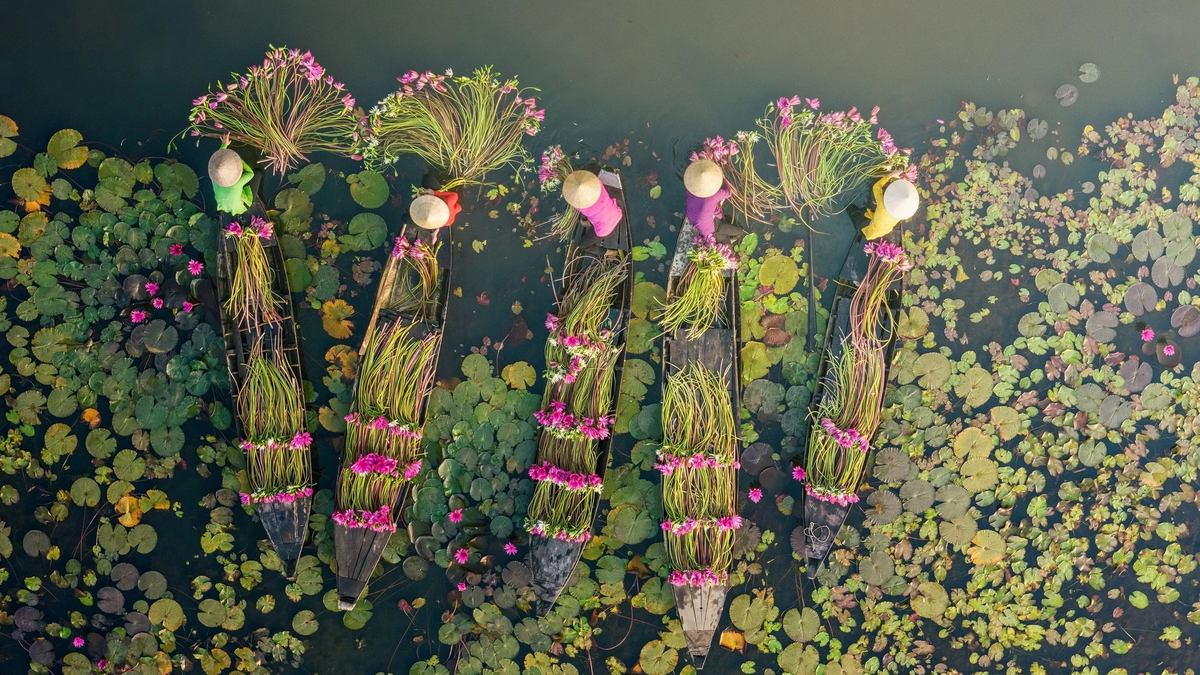

















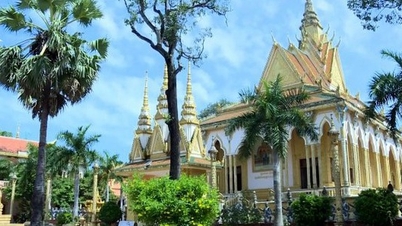
























Comment (0)